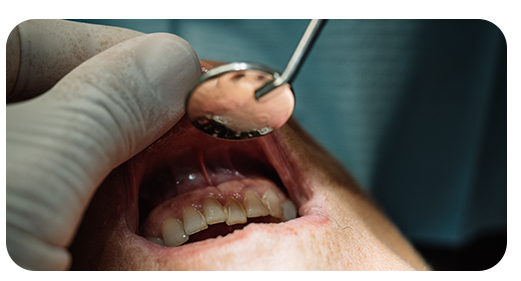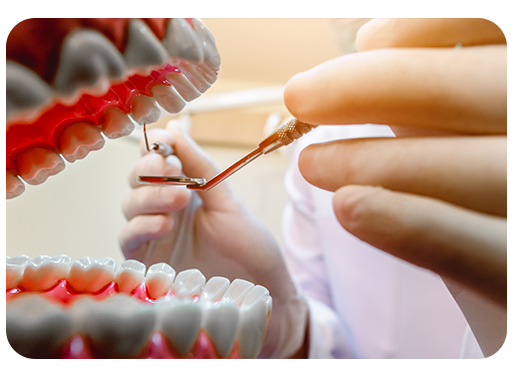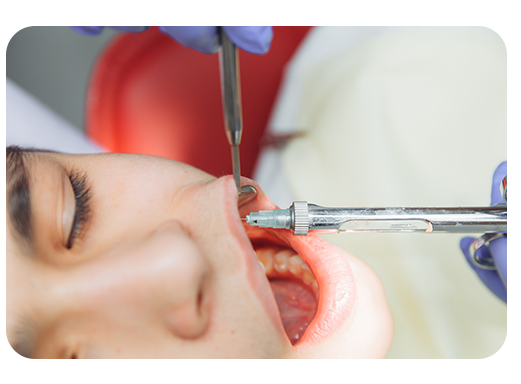Gum Grafting
Gum Grafting
What is Gum Grafting?
What is Gum Grafting?


Why is Gum Grafting Performed?
Why is Gum Grafting Performed?
How is Gum Grafting Performed?
How is Gum Grafting Performed?


Who is a Candidate for Gum Grafting?
Who is a Candidate for Gum Grafting?
Post-Procedure Care for Gum Grafting
Post-Procedure Care for Gum Grafting


Is Gum Grafting a Safe Procedure?
Is Gum Grafting a Safe Procedure?
How Long Does Gum Grafting Take?
How Long Does Gum Grafting Take?


Will There Be Pain After Gum Grafting?
Will There Be Pain After Gum Grafting?
Is Gum Grafting Permanent?
Is Gum Grafting Permanent?


Conclusion Gum Grafting
Conclusion Gum Grafting
Frequently Asked Questions
Porcelain Laminate or Composite Laminate?
Tooth-Friendly Foods: What to Eat and What to Avoid?
Bruxism involves involuntary grinding or clenching of teeth, often during sleep. Possible causes: • Stress and anxiety • Misaligned teeth • Sleep disorders Treatment: • Night guards to protect teeth • Stress management strategies • Orthodontic treatments if misalignment is a factor
Bone Grafting Treatment in Jawbone Loss
The Importance of Dental Floss: How Necessary Is It?
